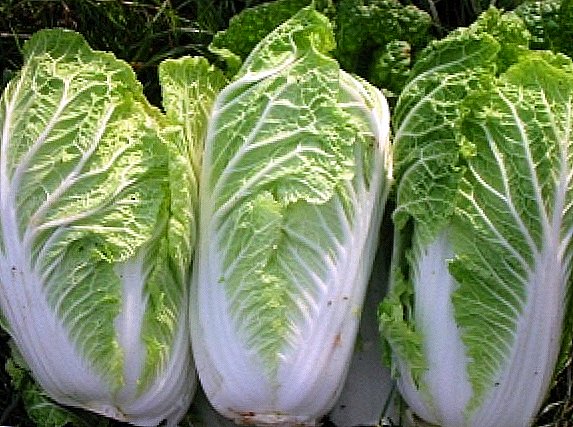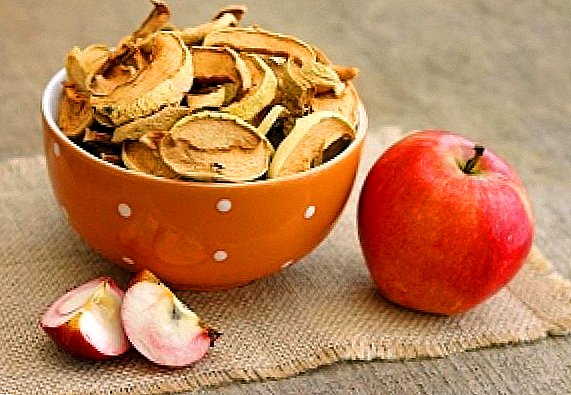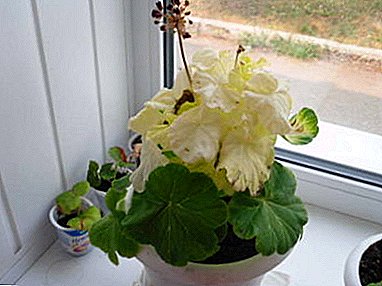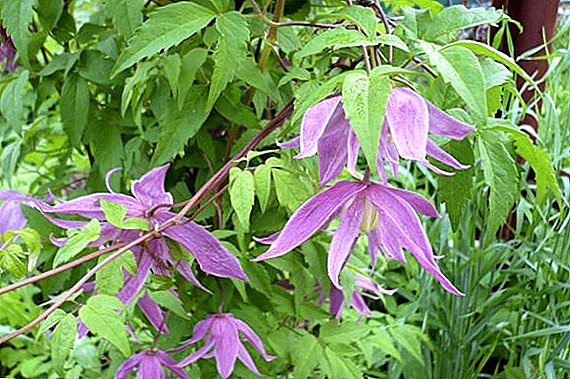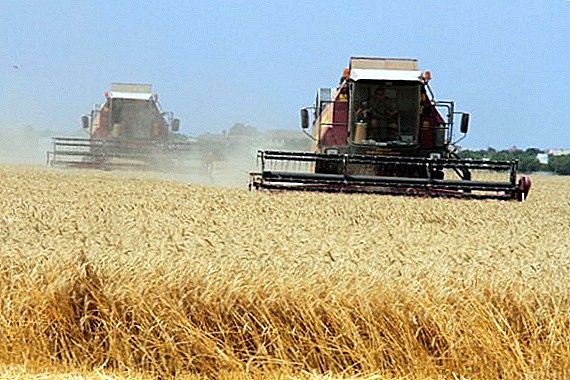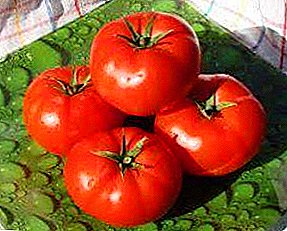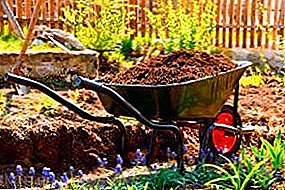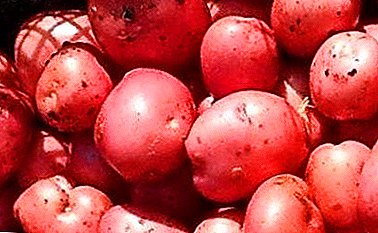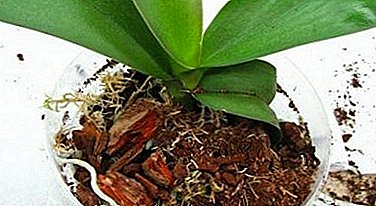
The orchid family is the most numerous and elegant among the indoor plants. Their sophistication and exquisite flowering attracts flower growers all over the world. The homeland of these plants is considered South-East Asia and South America. Due to the nature of the development of orchids as the soil does not fit garden soil. Caring for these flowers is different in relation to other popular home plants.
Why is it so important to choose the right soil composition?
When growing tropical crops such as orchids, their epiphytic essence should be understood. They feed on decaying plants, atmospheric moisture and sunlight.
The right soil for orchids has a very important role, because it will allow the flower to actively grow, develop, bloom for a long time and not be exposed to diseases. In addition, due to the well-chosen composition of the land, it will not be necessary to apply fertilizer for one to two years before the next transplant, as the available components will nourish the root system in sufficient quantity.
Quality criteria
Selected substrate for orchids should not cause rotting of the roots and should conduct the air, as well as the light (for plants with roots that absorb it through photosynthesis). The following requirements are imposed on the ground:
- must not contain garden soil;
- must be able to keep the orchid upright;
- should have a good bandwidth (keep the minimum moisture).
Reference! When selecting components, they are convinced not in nutritional value, but in the structure and moisture permeability of the soil.
What should be a good substrate?
 When creating a substrate, it is unacceptable to use elements that can form compressed lumps. Because of this, there will be a violation of ventilation and, further, rotting of the roots.
When creating a substrate, it is unacceptable to use elements that can form compressed lumps. Because of this, there will be a violation of ventilation and, further, rotting of the roots.
The composition of the substrate for orchids provide mainly wood bark. The ideal components are pieces of pine or oak bark. Sphagnum has a good moisture absorption and antiseptic effect. Charcoal include, if necessary, raise the pH of the earth mixture. Many components are included in the soil composition for orchids, and more and more often not only natural, but also man-made components are used.
Inorganic porous materials can be used to create the foundation of the soil.. As filler can be fiber or chips. Pine bark is the best filler of orchid soil mixture. The size of the bark should be in accordance with the size of the plant and have such a property as the possibility of the stem and flower bud.
There are many opportunities to choose the necessary dimensions, because pines grow in abundance in our region. In addition to pine bark, you can use the bark of coniferous trees, in particular, oaks, beeches and some others. For collecting bark using logs that are cut down and dead wood.
In this case, the bark:
- easily lags behind and handles well;
- less acid than fresh;
- does not have a large amount of resin compared to living trees.
Pieces of bark should be without signs of rotting and pest infestations.
- Before being sent to the flower pot, softened fabrics, wood and resin are separated from the bark, the bark is thermally processed in an oven, steamed or by weathering.
- Then thoroughly dried.
When growing orchids, claydite used for drainage is also used. It is hygroscopic and contributes to the structuring of the soil. Charcoal has the same properties. Proven useful foam and foam rubber. Fragments of synthetic materials provide high friability and air permeability.
Peat is sometimes added to large plants in a pot. It retains moisture well and is not attractive for harmful insects and microflora.
Is it possible to achieve the perfect composition of your own?
A good guide when choosing a soil is the soil in which the orchid was sold. The soil chosen for cultivation should be similar to it. To prepare a soil mix for an orchid is also quite possible independently. All components of the earth composition are easily mined and bought, so there should be no problems with its preparation.
Comparison of finished soil mixtures: which one is better?
For the first planting and transplanting ready soil with the correct proportions of the components. Consider some of them:
Orchid

- Price: 69 p.
- Specifications:
- peat;
- sphagnum;
- pine bark and needles;
- charcoal;
- double superphosphate;
- potassium sulfate;
- microfertilizers;
- pH 4.0-5.0;
- weight - 375 g
- Pros: balanced phalaenopsis primer.
- Minuses: drainage not included.
Seranis

- Price: 590 r.
- Specifications:
- clay granules;
- bark;
- trace elements;
- pH 5.7;
- shelf-life Unlimited;
- volume - 2.5 liters.
- Pros: optimal set of trace elements.
- Minuses: great value.
Pokon

- Price: 335 p.
- Specifications:
- tree bark;
- high-moor peat granulated;
- loose;
- lowland;
- lime;
- NPK fertilizer 14:16:18;
- pH 5.2-6.2;
- shelf life of at least 3 years;
- 5 l bag
- Pros: high acidity.
- Minuses: great value.
Flower Happiness Orchid Specialized

- Price: 46 r.
- Specifications:
- larch bark;
- coal;
- high peat;
- expanded clay drainage;
- volume 1 l.
- Pros: Sold in a plastic bucket.
- Minuses: not marked.
Orchids are epitiffs, which means that their habitat are other plants, in particular, trees. Normal soil for flowers is not suitable for orchids. Soil mixture for these plants, as a rule, consists of tree bark, peat, sphagnum, as well as other components. Soil for orchids as bought in garden stores, and is prepared independently.


